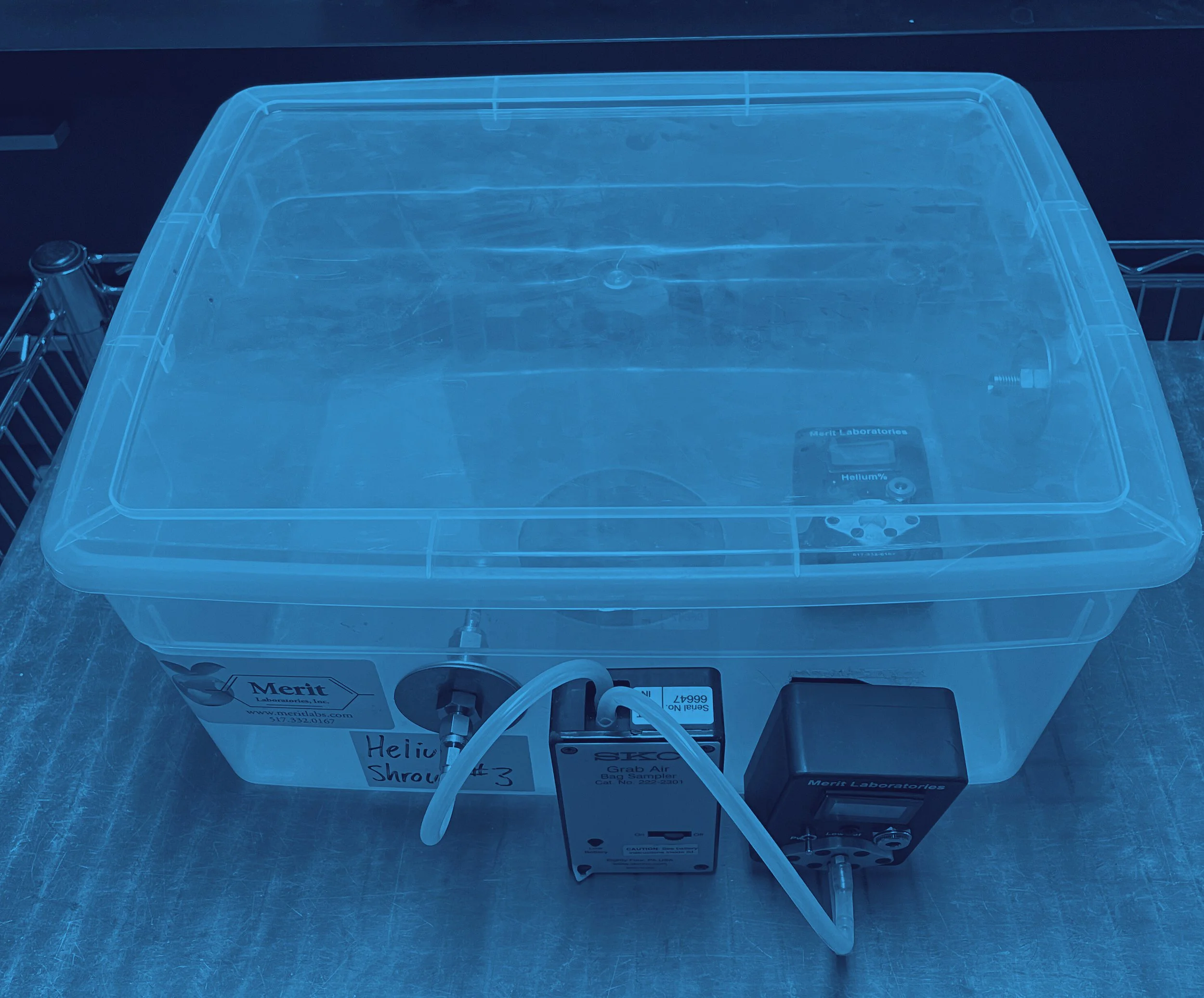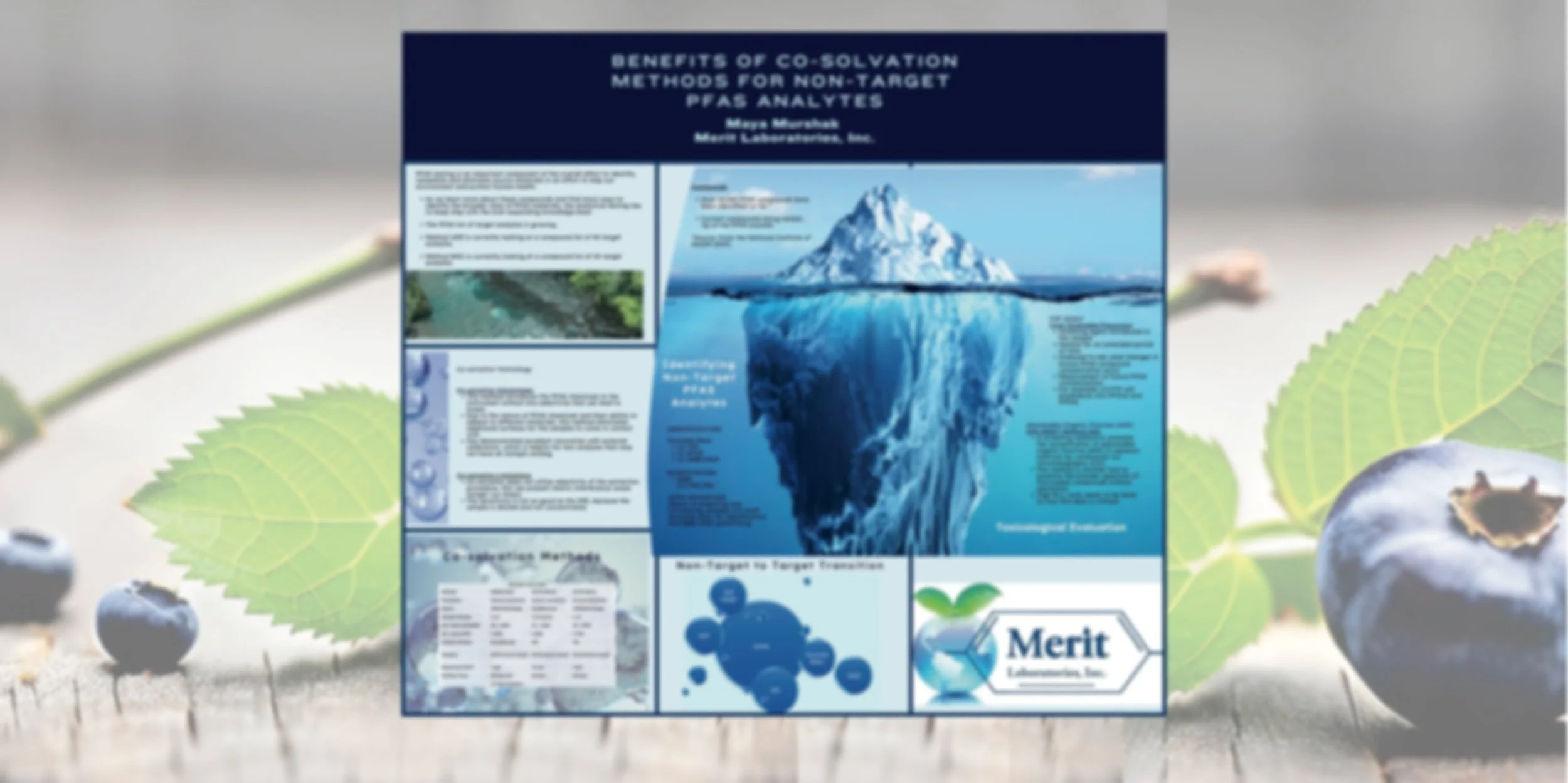The U.S. EPA recently finalized a rule that will provide the largest-ever dataset of per- and polyfluoroalkyl substances (PFAS) manufactured and used in the United States. The finalized reporting rule under the Toxic Substances Control Act (TSCA) is a statutory requirement with the National Defense Authorization Act (NDAA - FY2020).
Growing Concerns about New Hampshire PFAS Groundwater Contamination
PFAS Detected at Harbor Island in Grand Haven
The Michigan EGLE recently added Harbor Island in Grand Haven to their list of PFAS sites. The Grand Haven site is a natural marshland at the mouth of the Grand River as it flows into Lake Michigan. The site was first used as a landing point for logging operations. During the 1950s and 1960s the site was used as a dump. The coal-fired J.B. Sims Generating Station began operating in the early 1960s by the Grand Haven Board of Light and Power (GHBLP). Coal ash wastes were disposed of in unlined lagoons and the adjacent wetlands. In the early 1980s, clay lined lagoons were constructed for coal ash management.
The First Results of the Kent County PFAS Exposure Study Assessment Released
Significant levels of PFAS have been detected in the blood of Michigan residents in one state county. The results are summarized in the initial report just released by the Michigan Department of Health and Human Services (MDHHS) as part of the PFAS Exposure Study Assessment. This exposure assessment measured serum concentrations of 30 PFAS among a sample of residents in the northern part of Kent County area that previously had validated detectable PFAS levels in their private drinking water.
What Consumers Should Know About PFAS
PFAS, the “forever chemicals,” have the ability to migrate into the air, dust, food, soil and water. They are used in many common products like weatherproof clothing, non-stick cookware, and firefighting foam. PFAS are called “forever chemicals” because they are persistent and bioaccumulate. Persistent means they do not break down in the environment and bioaccumulate refers to the process of building up over time in the blood and organs.










